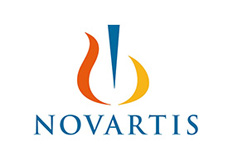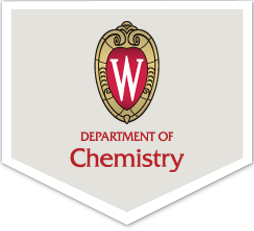A successful collaboration with Novartis on automated analysis of ligand-observed 1H-19F NMR binding data for fragment based lead generation
Dr. Andreas Lingel
Novartis Researcher
CASE
Company: Novartis
Market: Pharmaceutical
Problem: Several groups in Novartis use NMR binding assays to find and validate hits during the early stages of drug discovery. They use ligand-observed NMR experiments such as STD, T1Ï, and CPMG to identify library compounds that interact with a target protein. Until a few years ago, the analysis of a high number of complex spectra was performed largely manually and therefore represented a limiting step in hit generation campaigns. Typically, manually stacking and visual analysis hundreds or even thousands of spectra can take multiple days and the results can be subjective and error-prone.
SOLUTION
We have collaborated with two groups in Novartis since 2011 to develop a new plugin in Mnova for processing and analyzing ligand-observed proton and fluorine NMR binding data in a fully automated fashion. Scientists at Novartis evaluated the performance of this plugin by comparing automated and manual analysis results on 19F and 1H-detected data sets, and found that the program delivers robust, high-confidence hit lists in a fraction of the time needed for manual analysis and greatly facilitates visual inspection of the associated NMR spectra. These features enable considerably higher throughput, the assessment of larger libraries, and shorter turn-around times.
PRODUCTS USED TO SOLVE IT
Mnova Screen and Mnova NMR
VALUE (SAVED MONEY)
The scientists at Novartis found that using the Mnova Screen program can be faster manually analysis. For a typical screening data set, the computational runtime needed for the automatic analysis ranges from a few minutes up to 3 hours, while manual analysis can take half a day to multiple days. The automatic analysis provides robust and reliable results that overlapped with the manual analyses with an overall of higher than 90% agreement. Moreover, for the analysts, the organization and display of screening spectra stacked with all the reference spectra are of invaluable help for validating results and making decisions in cases where compound signals are close to each other.
Reference
Journal of Medicinal Chemistry: Fast and Efficient Fragment-Based Lead Generation by Fully Automated Processing and Analysis of Ligand-Observed NMR Binding Data. Chen Peng,*,†,∥ Alexandra Frommlet,‡,∥ Manuel Perez,†Carlos Cobas,†Anke Blechschmidt,‡,§ Santiago Dominguez,†and Andreas Lingel*,‡
†Mestrelab Research S.L., Feliciano Barrera 9B − Baixo, 15706 Santiago de Compostela, Spain
‡Novartis Institutes for BioMedical Research, 5300 Chiron Way, Emeryville, California 94608, United States





